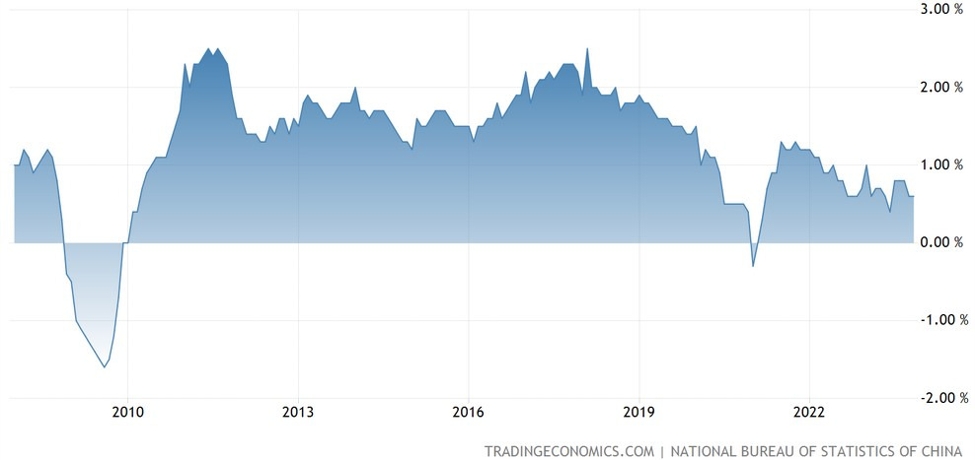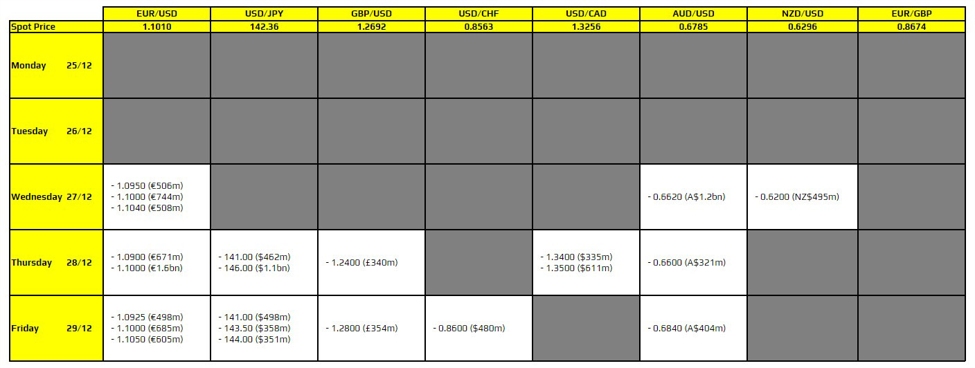Spanish manufacturing activity continues to pick up with July marking the best increase in new orders for the year so far. Output also rose to a solid degree and job creation was sustained on the month. HCOB notes that:
“The latest PMI data once again underscores the resilience of Spain’s manufacturing sector. The headline index
improved for the third consecutive month, with key sub-indices also posting solid readings. This development aligns with the
cyclical upswing recently captured in the HCOB Flash PMI survey for the Eurozone.
“At the outset of the second half of the year, order volumes have picked up both domestically and abroad, albeit only
moderately in each case. Industrial production has now been expanding for three consecutive months and is likely to receive
further support in the coming months from this improved demand environment. The recent agreement in the US–EU tariff
negotiations should also contribute to short-term planning certainty for firms, although the erratic policy stance of the US
administration continues to cast a shadow over trade-related predictability.
“Trends in employment and capacity utilization are consistent with the current growth trajectory. Backlogs of work have been
building up in factories for three months now, while stocks of finished goods are declining. Nevertheless, firms have so far
refrained from significantly increasing their purchases of intermediate goods, suggesting that existing inventories are still
sufficient to support ongoing production growth. Overall, the picture is one of rising output, growing backlogs, falling
inventories, and improving order books. This constellation is mirrored in a growing willingness among manufacturers to
expand their workforce.
“Price dynamics shifted in July. After two consecutive months of declines in both input and output prices, both categories are
now on the rise again. This is likely linked to tariff measures that are disrupting international supply chains and exerting
upward pressure on prices. In line with this, delivery times for inputs are also lengthening. Survey respondents report that
they are passing on at least part of the increased costs to end consumers through higher prices.”















